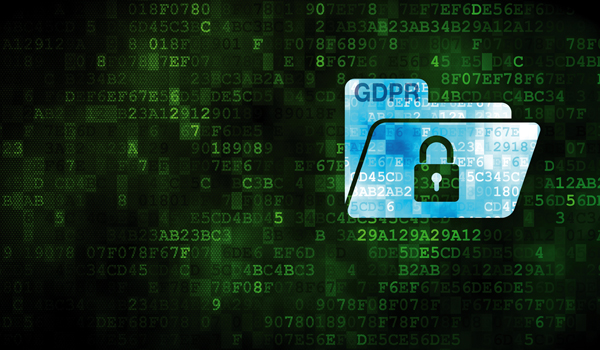Twitter for crisis communication: study shows benefits for police
New research shows British police lead in social media adaptation, matched only by the Dutch. Police forces and authorities in other countries are currently deciding how and to what extent they will use social media in the future.

New research shows British police lead in social media adaptation, matched only by the Dutch. Police forces and authorities in other countries are currently deciding how and to what extent they will use social media in the future.
Researchers say the experiences of British police forces during riots in London and other British cities in the summer of 2011 provide important examples to learn from.
During the crisis, social media became a subject of public debate as offenders took advantage of it to organise themselves. Officials even discussed the possibility of shutting down Twitter. However, the study, Twitter for crisis communication, highlighted a defining moment for the police service with forces actively using Twitter to communicate with the public during the unrest.
Scientists at the Fraunhofer Institute for Applied Information Technology (FIT), the Rotterdam School of Management and the COT Institute in The Hague analysed 6,672 Twitter messages exchanged between the public and the police during the 2011 riots.
The analysis of Twitter communication of police forces in London and Manchester during, before and after the riots confirmed that authorities could benefit from adopting social media. The police succeeded in both cities to provide information to the population promptly and directly. They fought rumours, corrected false reports and were able to ask the population for help, said the report.
Dr Sebastian Denef of Fraunhofer FIT explained: The study also makes different strategies of the police visible and shows how they use social media for crisis communication. The London police authorities communicated slower and in formal language. In Manchester, the police responded directly to citizens questions and communicated closer to the citizens.
He said figures reflect the success: during the riots, the number of Twitter followers of Greater Manchester Police rocketed from 20,000 to 100,000.
However, Dr Denef warned that despite the positive outcomes, this type of communication via social media is not without challenges.
Although the fast, direct communication has potential for intensive communication, it also poses the risk of choosing the wrong tone and publishing information hastily, he said.
Joanne Taylor, director of Public Security for business analytics software specialist SAS, said the riots of August 2011 demonstrated the power of social media as an influencer of mass action and a key tool used to comment on and coordinate the activities of the rioters.
While consideration was reportedly given at the time to shutting down Twitter and the whole BlackBerry Messenger service, a more lasting legacy of the events of that summer has been the police services growing recognition of the potential benefits of using social media, including Twitter, to engage more closely with the public and proactively fight crime, she said.


